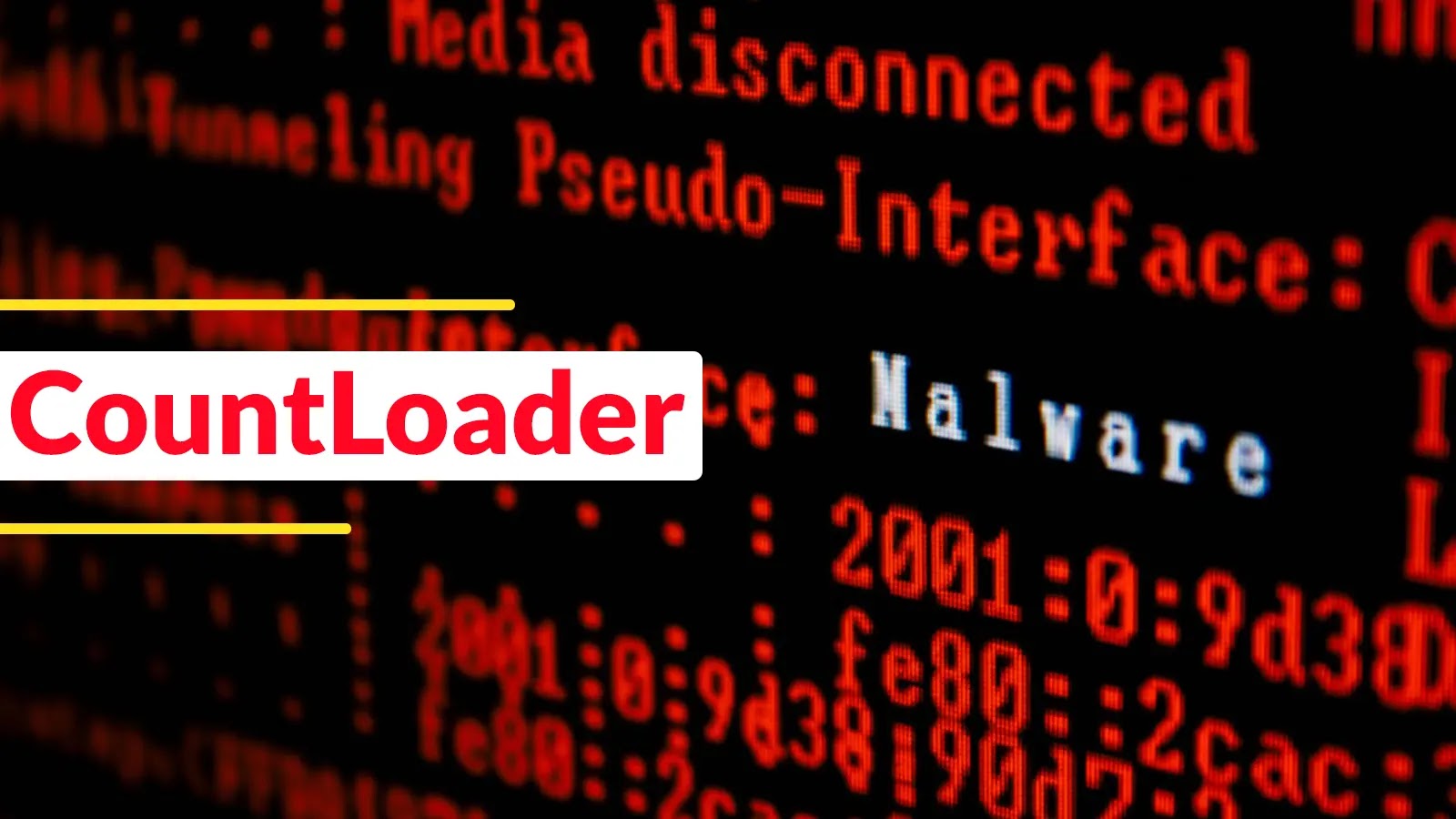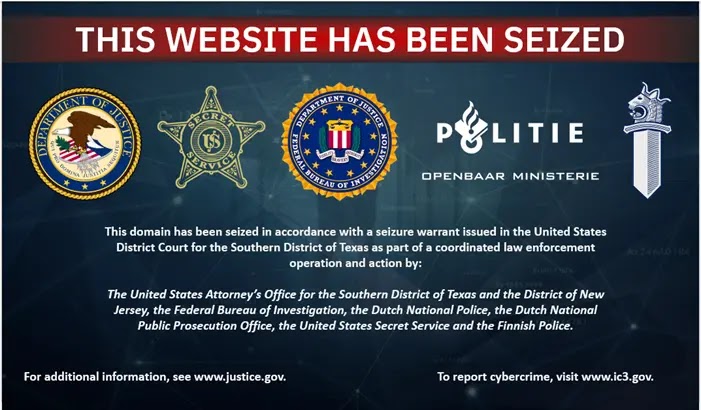Apache Tomcat, a widely used open-source Java servlet container, has recently addressed three critical vulnerabilities that could allow attackers to execute denial-of-service (DoS) attacks, potentially disrupting web applications and services. These vulnerabilities, identified as CVE-2025-52434, CVE-2025-52520, and CVE-2025-53506, affect all Apache Tomcat versions from 9.0.0.M1 to 9.0.106.
Understanding the Vulnerabilities
1. CVE-2025-52434: HTTP/2 and APR/Native Connector Flaw
This vulnerability resides in Apache Tomcat’s implementation of the HTTP/2 protocol when used with the APR/Native connector. Attackers can exploit weaknesses in HTTP/2 protocol handling to trigger DoS conditions. The APR/Native connector, designed to enhance performance through native library integration, becomes susceptible to resource exhaustion attacks when processing malformed or excessive HTTP/2 requests. The Apache Tomcat security team addressed this issue through commit 8a83c3c4, implementing proper validation and resource management for HTTP/2 connections. Administrators using APR/Native connectors with HTTP/2 enabled should prioritize this update, as the vulnerability can be exploited remotely without authentication. The fix introduces stricter boundary checks and connection lifecycle management to prevent resource depletion scenarios.
2. CVE-2025-52520: Integer Overflow in File Uploads
This vulnerability exploits integer overflow conditions in Apache Tomcat’s file upload processing mechanism. Attackers can craft malicious multipart/form-data requests with specially designed Content-Length headers that trigger integer overflow vulnerabilities, potentially bypassing file size restrictions and causing memory exhaustion. This issue affects applications that handle file uploads through servlet containers. The remediation, implemented in commit 927d66fb, introduces robust input validation and proper integer bounds checking for file upload operations. The fix ensures that maxRequestSize and maxFileSize parameters are properly validated before processing, preventing overflow conditions that could lead to unlimited memory allocation. Web applications with file upload functionality should implement additional validation layers at the application level as a defense-in-depth strategy.
3. CVE-2025-53506: Excessive HTTP/2 Streams
This vulnerability allows attackers to overwhelm Apache Tomcat servers by creating excessive HTTP/2 streams within a single connection. This attack vector exploits the HTTP/2 multiplexing feature, where multiple streams can be processed simultaneously over a single TCP connection. Malicious clients can rapidly create numerous streams, exhausting server memory and processing resources. Commit 43477293 addresses this vulnerability by implementing proper stream count limitations and resource management policies. The fix introduces configurable limits on the number of concurrent streams per connection, preventing attackers from exploiting the multiplexing feature to exhaust server resources. Administrators should configure these limits based on their specific application requirements and monitor server performance for any signs of abuse.
Implications for Organizations
The exploitation of these vulnerabilities can lead to significant service disruptions, affecting the availability and reliability of web applications. Denial-of-service attacks can result in downtime, loss of revenue, and damage to an organization’s reputation. Given the widespread use of Apache Tomcat in various industries, the potential impact is substantial.
Recommended Actions
To mitigate the risks associated with these vulnerabilities, organizations should take the following steps:
1. Immediate Upgrade
Organizations running affected versions should immediately upgrade to Apache Tomcat 9.0.107 or later. This version includes patches for all three vulnerabilities, ensuring that systems are protected against potential exploits. Delaying the upgrade increases the risk of exploitation, as attackers often target known vulnerabilities in unpatched systems.
2. Review and Harden Configurations
Administrators should review their Apache Tomcat configurations to ensure that security best practices are followed. This includes:
– Disabling Unnecessary Features: If HTTP/2 support is not required, consider disabling it to reduce the attack surface.
– Implementing Resource Limits: Configure limits on the number of concurrent HTTP/2 streams and the size of file uploads to prevent resource exhaustion attacks.
– Validating Input: Ensure that all user inputs, especially those related to file uploads, are properly validated to prevent exploitation of integer overflow vulnerabilities.
3. Monitor and Audit Systems
Regular monitoring and auditing of systems can help detect and respond to potential exploitation attempts. Implement logging mechanisms to capture suspicious activities, such as an unusually high number of HTTP/2 streams or large file uploads. Analyzing these logs can provide insights into potential attack patterns and inform further security measures.
4. Educate and Train Staff
Ensure that IT staff and developers are aware of these vulnerabilities and understand the importance of applying patches and following security best practices. Regular training sessions can help keep the team informed about the latest threats and mitigation strategies.
Conclusion
The recent vulnerabilities in Apache Tomcat underscore the importance of proactive security measures and timely updates. By understanding the nature of these vulnerabilities and implementing the recommended actions, organizations can protect their web applications from potential denial-of-service attacks and ensure the continued availability and reliability of their services.



